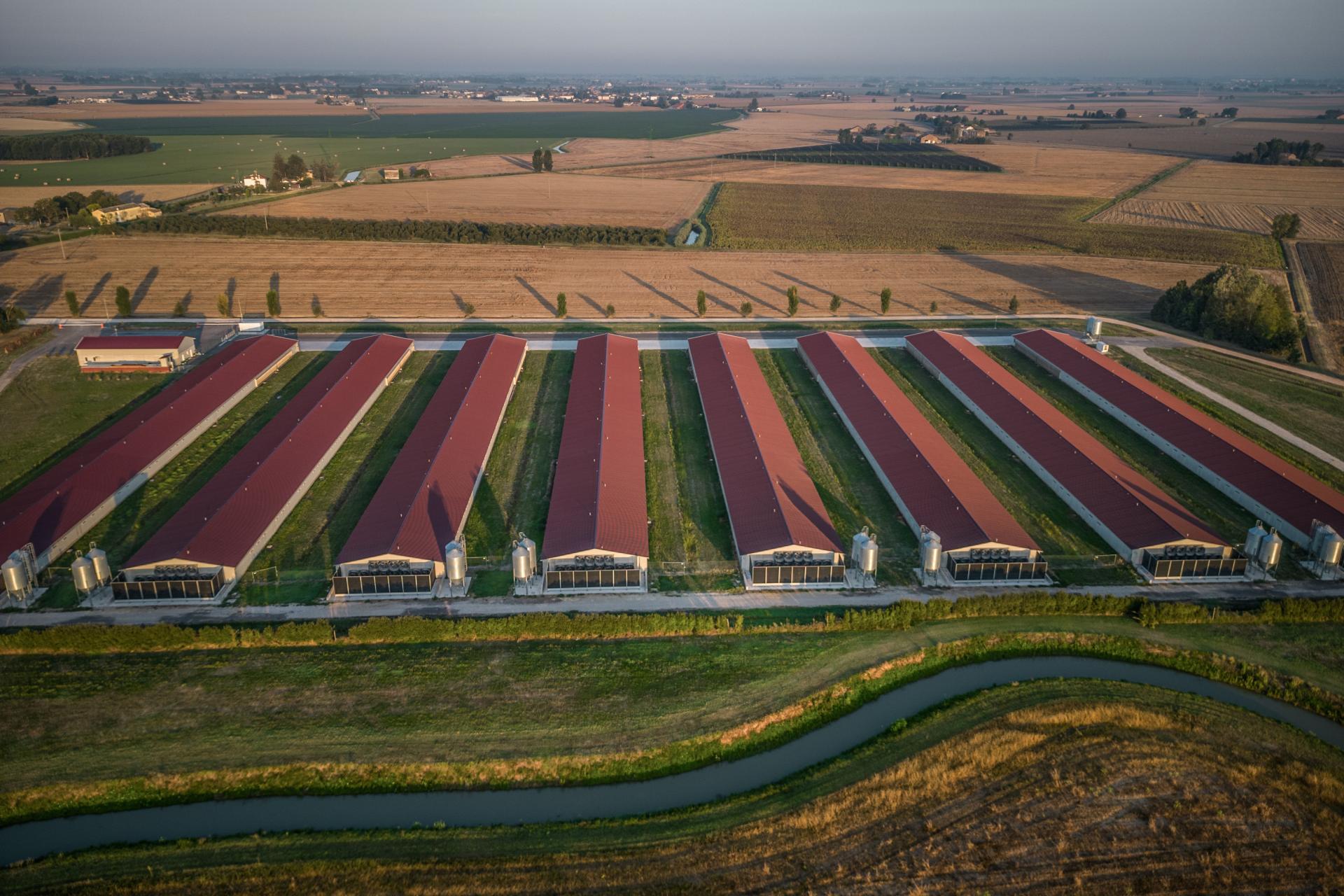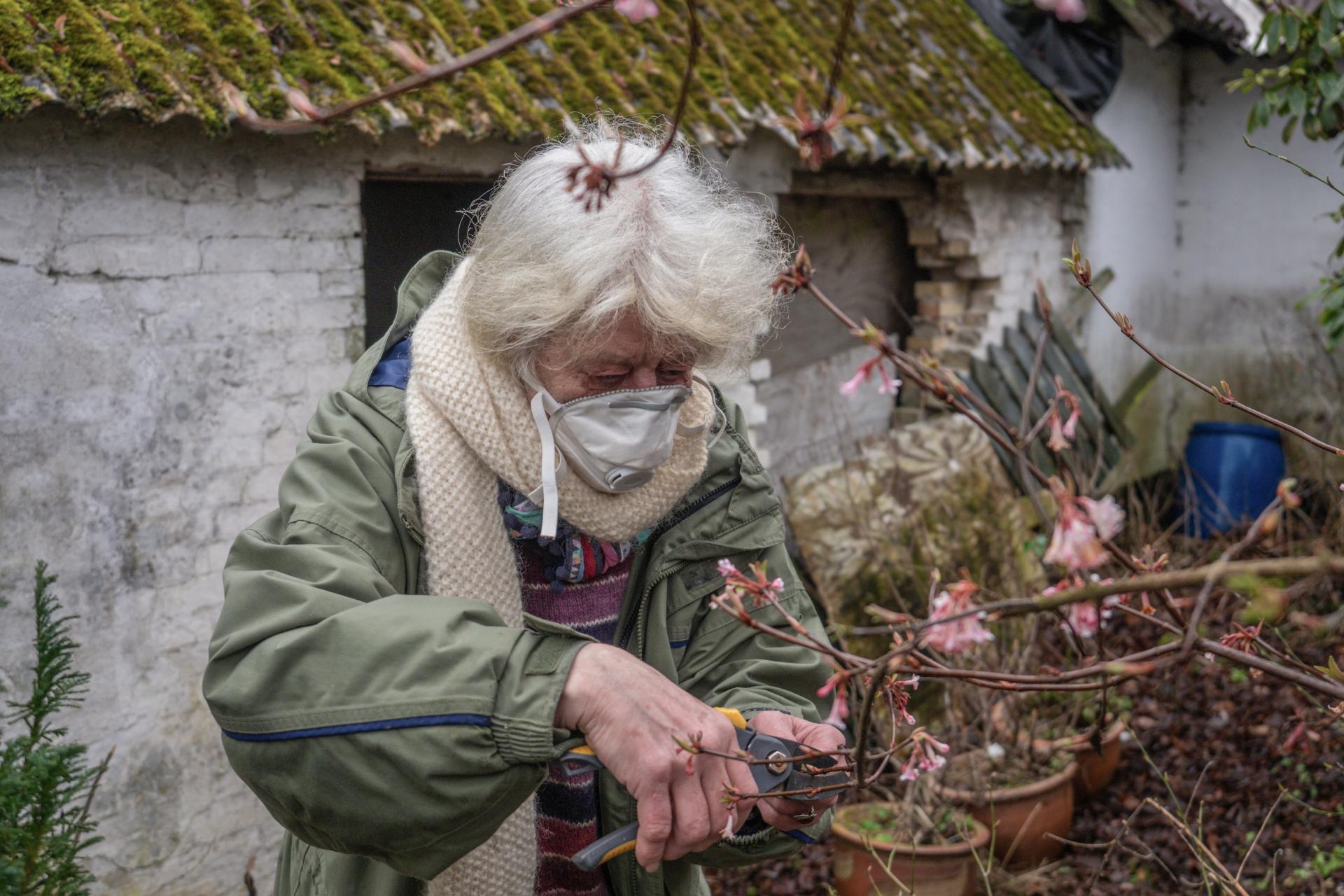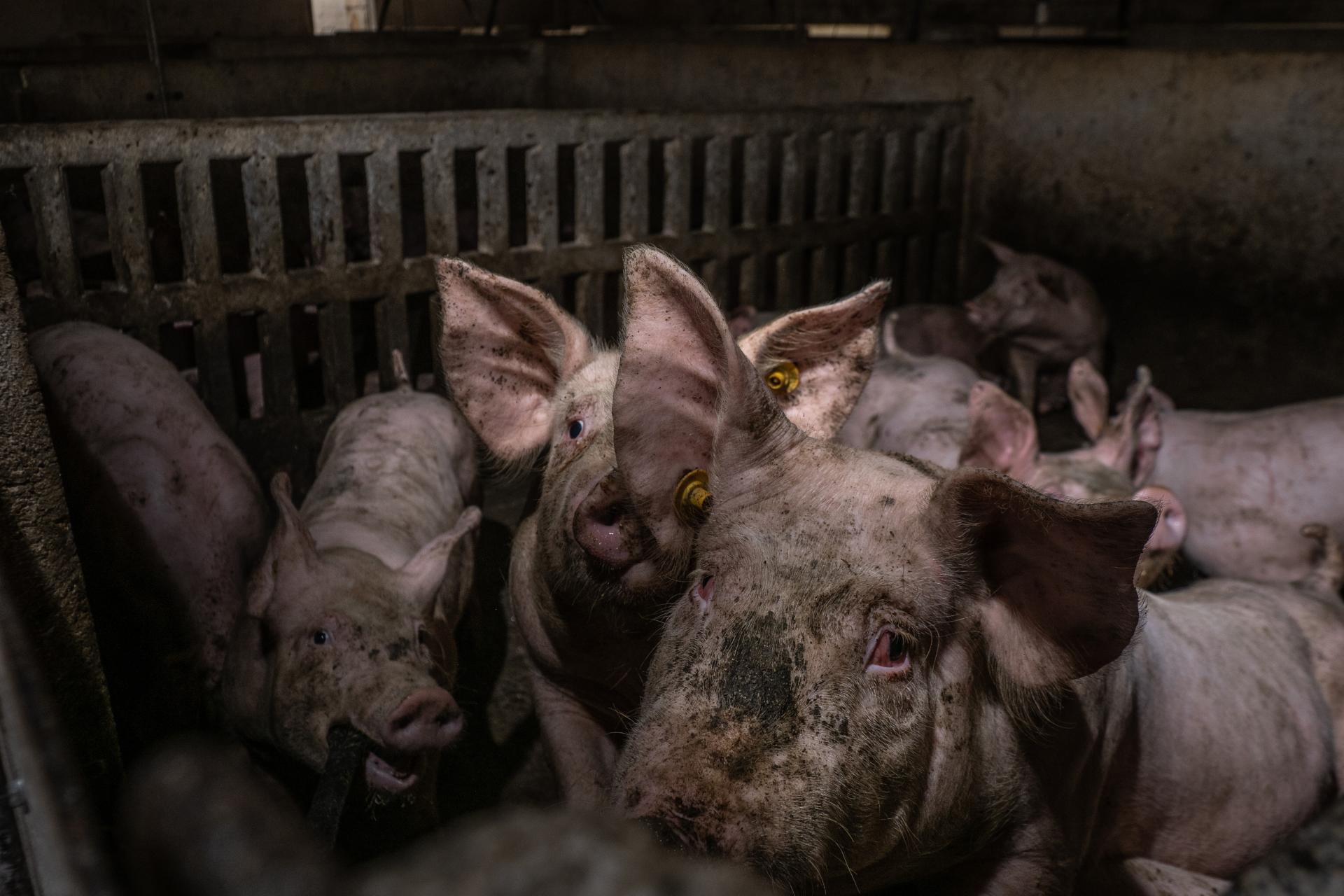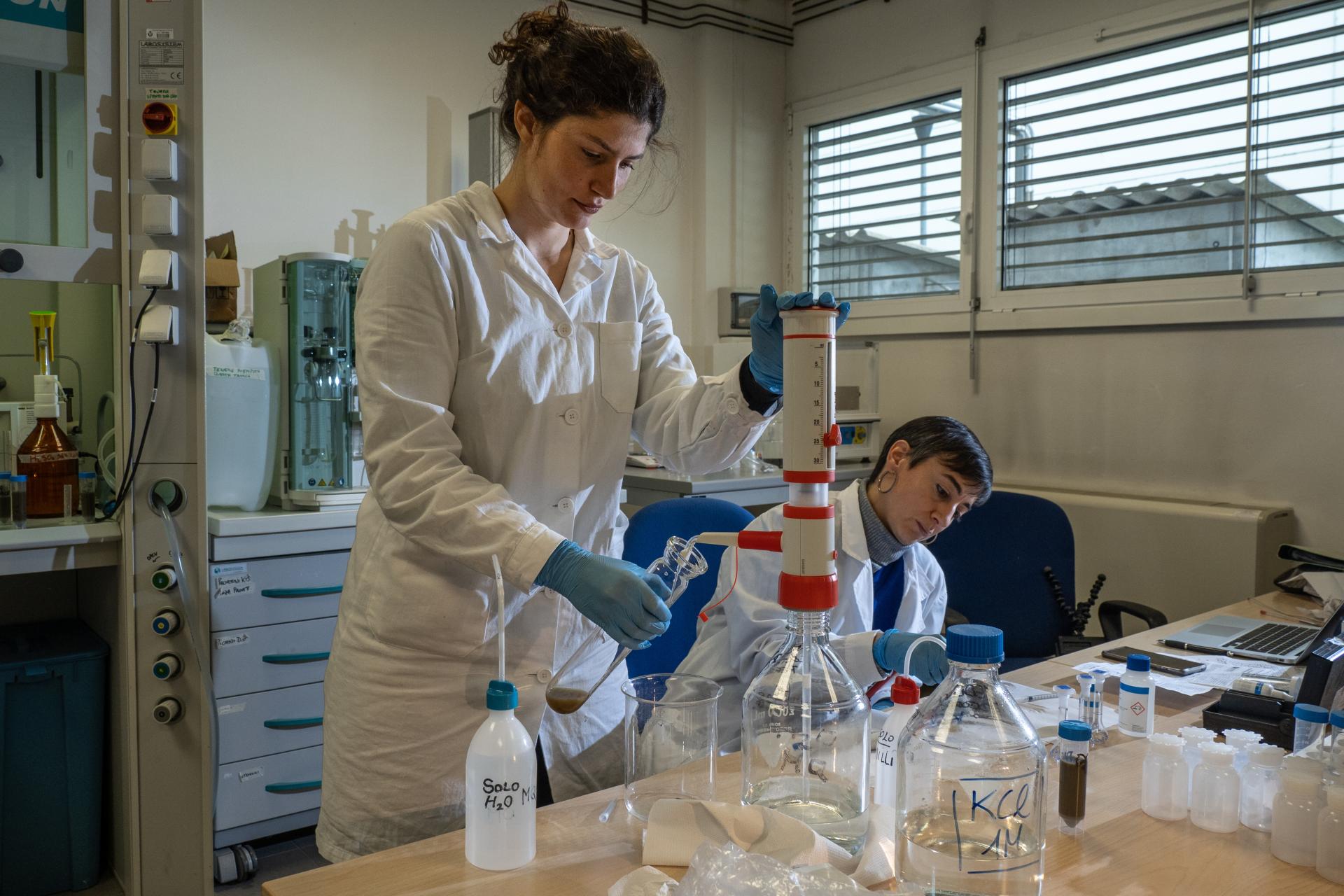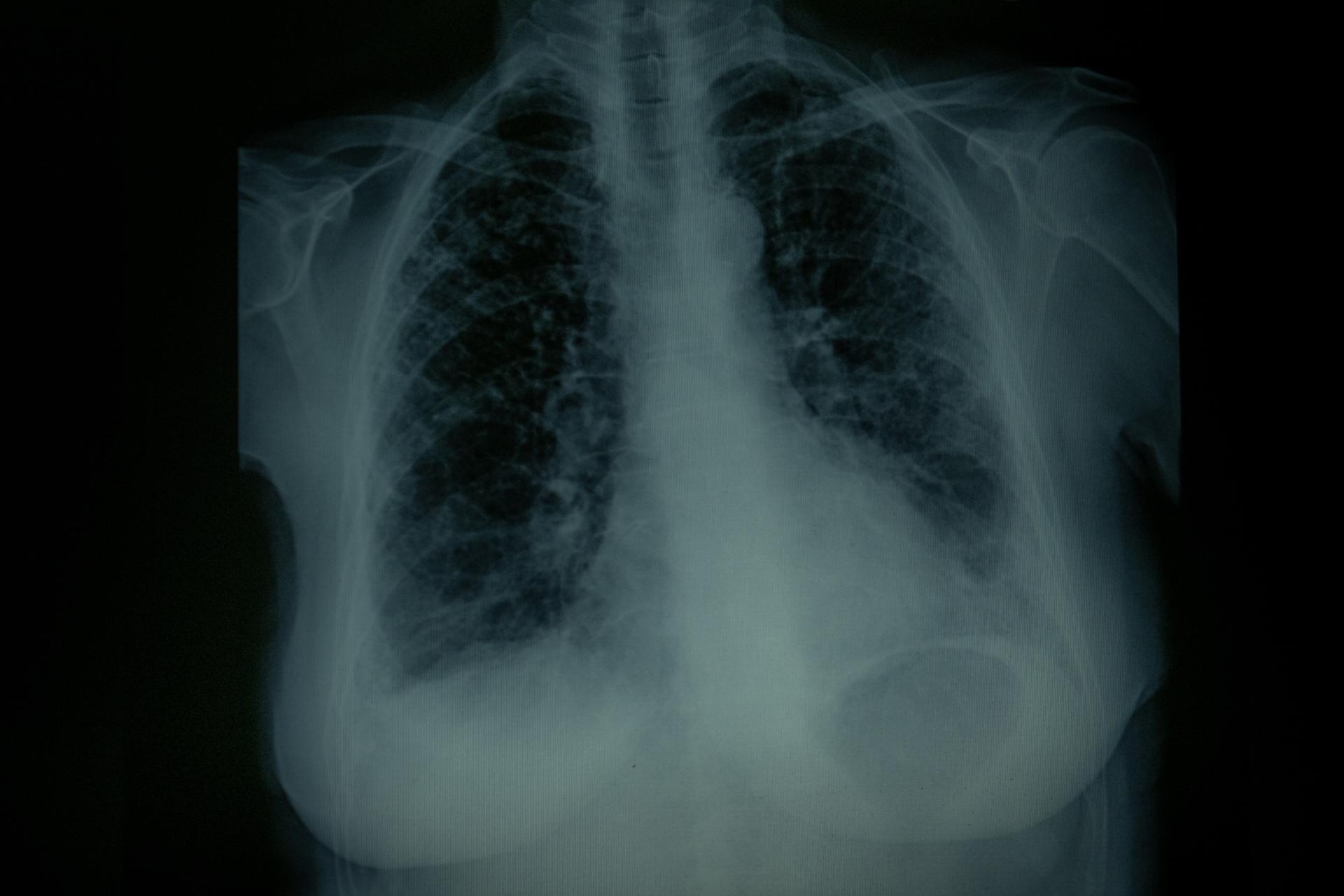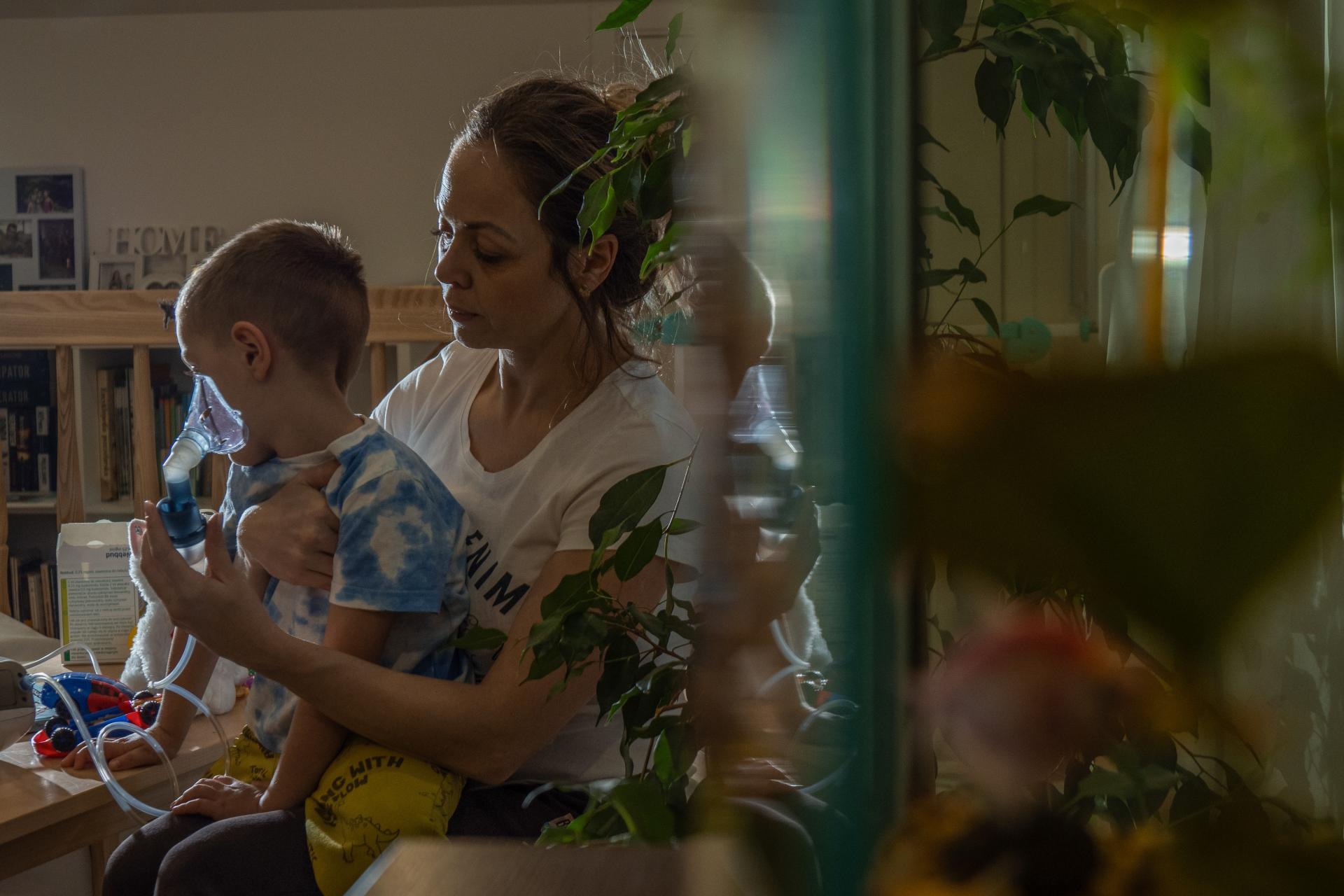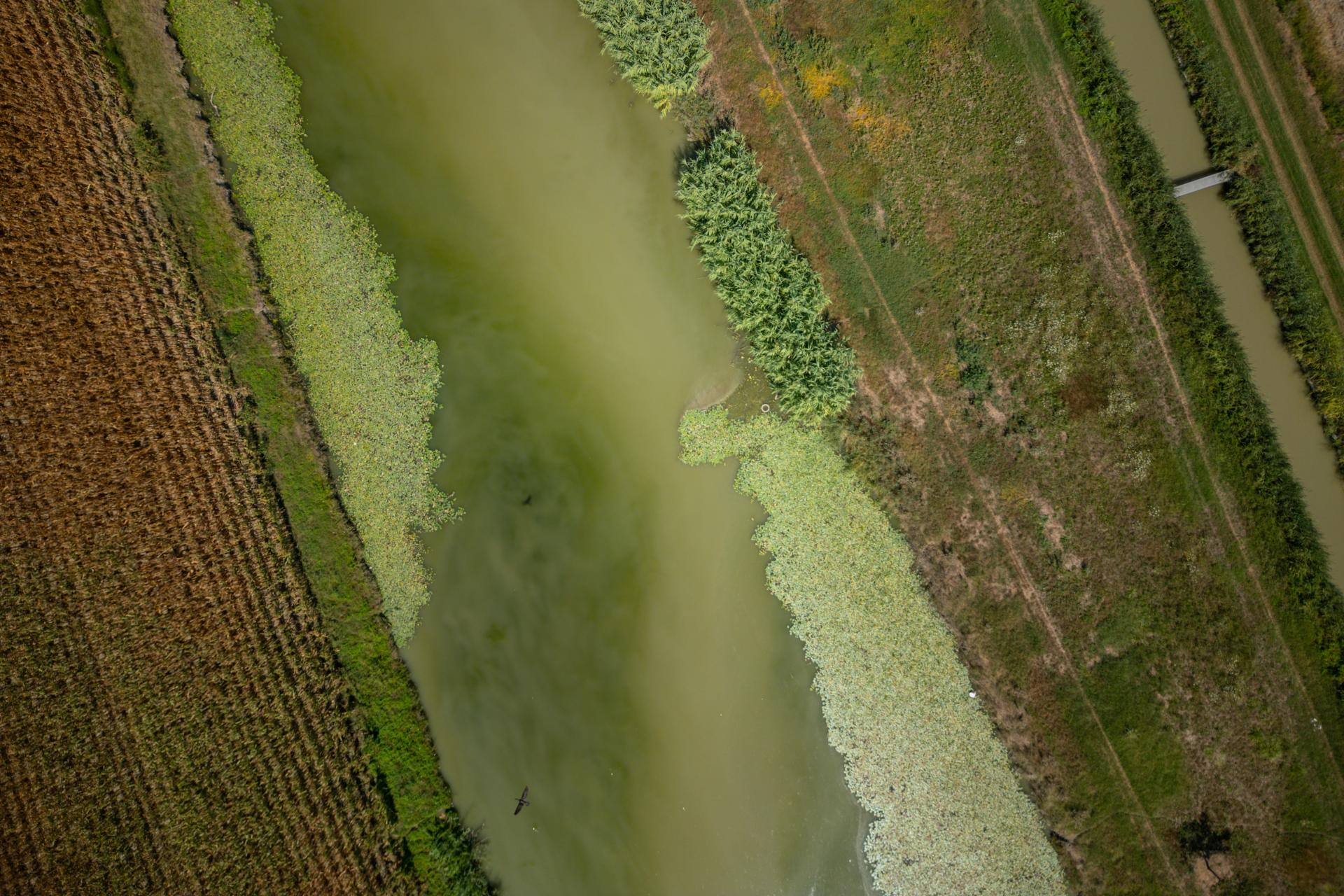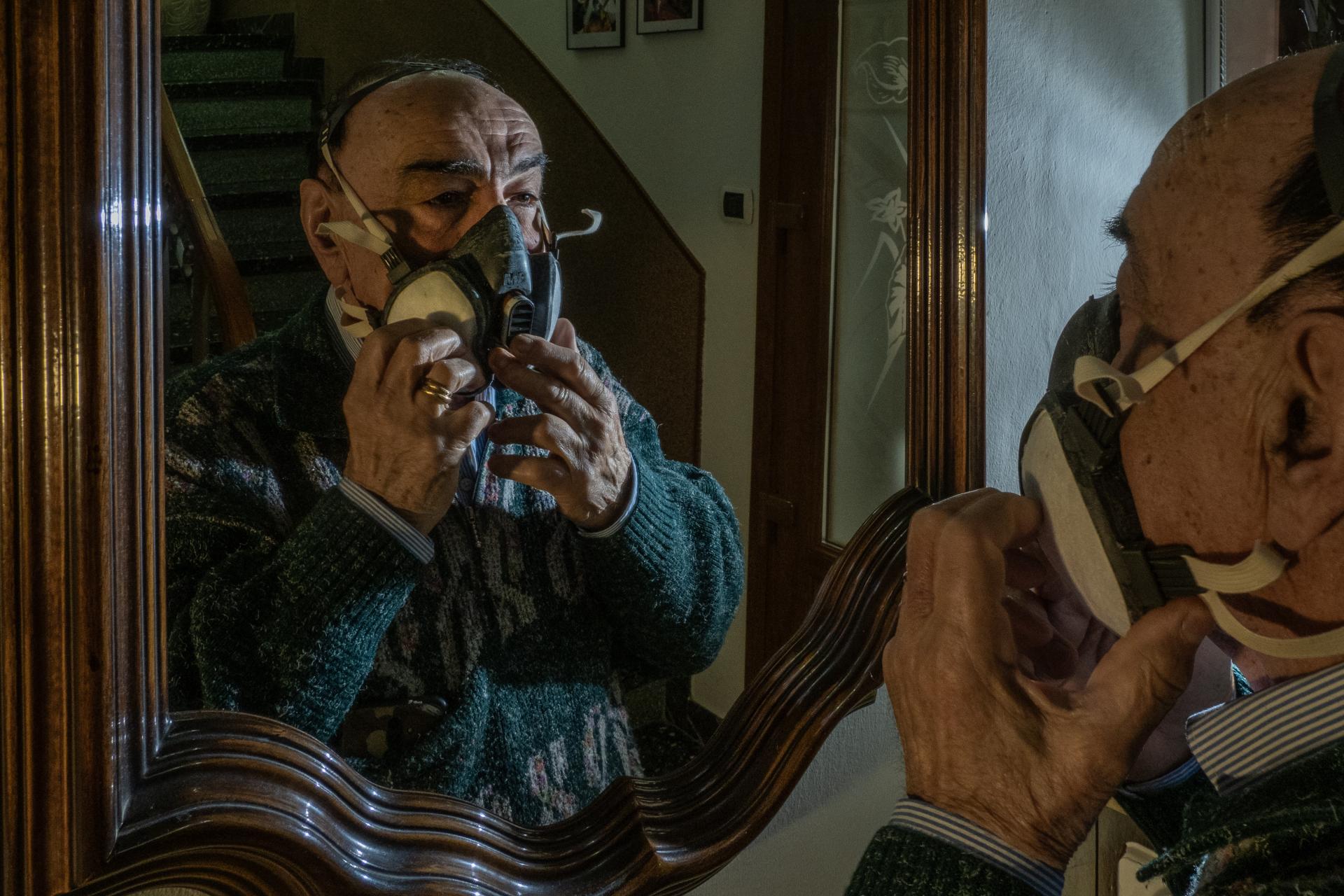
Long Shadow
Photographer
Selene Magnolia Gatti
Category
Germany Photography - People
Company
Submission Group
Professional
Year
2024
Country / Region:
Germany
Welcome to the Anthropocene: our historical time that scientists suggest may be marked by the ubiquitous presence of chicken bones everywhere, where factory farms have surged past the environmental safety thresholds established by experts. Eleven billion chickens, 142 million pigs, 76 million bovine heads, 62 million sheep, 12 million goats, and counting: this is the population of invisible animals farmed in Europe every year, that live and die on the (dis)assembly line. The sight of sterile, long stables placed in orderly rows and accessorised with high silos and big noisy fans dominates the countryside landscapes across the continent. Long shadows are cast around them. Noise, smell, air toxicity, chronic disease, water pollution: factory farms project negative externalities that hit neighbouring communities first, often transforming local ecologies and endangering health and welfare. Beyond the reduced quality of life and associated stress, there are tangible links to physical responses to the toxicity coming from the farms. When the air quality gets worse, residents frequently suffer from respiratory difficulties, headaches, nausea, and persistent coughing, and sometimes their eyes burn. Hydrogen sulphide, particulate pollution, ammonia, volatile organic compounds: besides greenhouse gases, there are numerous externalities that factory farms release into their surroundings, which make people sick in both the short and long term, causing flu-like symptoms or triggering the development and deterioration of pathologies. Released into the atmosphere, the ammonia turns into fine particulate matter PM2.5 - listed as a group1 carcinogenic substance, with estimated premature linked mortality of 253,000 people per year in Europe alone, as exposure to it is linked to heart and lung conditions. Increasing evidence points to higher cancer rates in regions dense with factory farms. Dust, darkness, or constant artificial light, deafening noise, stifling stench, lack of space, dirt and excrements, disease, abuse. These unnatural conditions not only make the lives of animals in industrial farming slavery hellish, but in a time of extreme novel epidemics and pandemics, factory farms have become dangerous pathogenic breeding grounds. Long Shadow is a visual research-based investigation documenting how local communities across Europe coexist with and struggle against nearby factory farms.
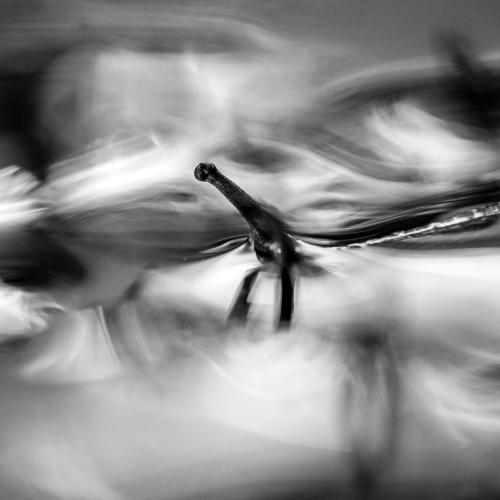
Photographer / Company
Silke Gerlach
Category
Germany Photography - Nature
Country / Region
Germany


Photographer / Company
Mischa Fanghaenel
Category
Germany Photography - People
Country / Region
Germany


Photographer / Company
anna aldighieri
Category
People Photography - Portrait
Country / Region
Italy

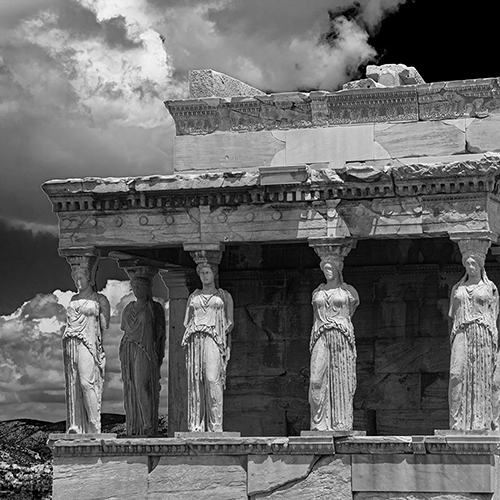
Photographer / Company
Dancho Atanasov
Category
Commercial Photography - Travel / Tourism
Country / Region
Bulgaria

